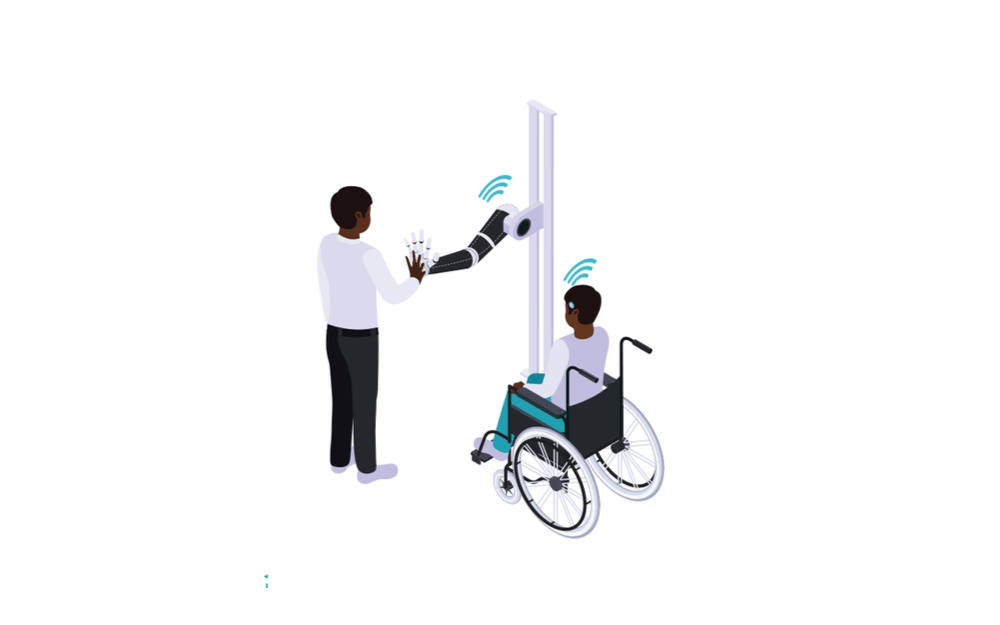Connecting humans to machines: why and how?
Connecting brains and computers directly is no longer science fiction. But can neural interfaces make us cyborgs?

Technologies that connect the brain and computer are no longer unusual. Perhaps we’ve all seen a robotic arm controlled by the brain or a paralyzed person typing with the power of their mind.
Does this mean that reading thoughts or even transferring human consciousness into a computer will soon become a reality?

The largest businesses on the planet see cyborgization, improving the quality of life, and refining the human brain as most important objectives.
Neural interfaces are key to making such a connection between humans and machines possible.
What’s a neural interface?
In general, an interface is a point where two systems, subjects, or organizations meet and interact.
We use interfaces everyday. A remote control is an interface between you and a television set, a touchscreen—between you and a tablet.

Let’s look at a keyboard, for example. You type a sentence with human-readable symbols. Computers use a completely different system for processing information. Keyboard is an interface that transforms our commands into the symbolic system of the computer.

Neural interfaces are those that interact with the nervous system, read out signals that correspond to certain intentions and send those commands to external executive devices.

Why connect nerves to machines?
Neural interfaces can improve or radically change people’s lives. They can help with neurological, psychiatric, neurodegenerative, and neuromuscular conditions to
- regain independence for patients with paralysis
- restore rudimentary vision in people who have lost the ability to see
- treat the symptoms of Parkinson’s disease
- prevent some epileptic seizures,
as well as for learning, work, entertainment, communication, and interaction across distances.
According to the Parkinson’s Foundation, in the United States alone, nearly one million people will be living with Parkinson’s disease by 2020, and more than 10 million people worldwide are already living with the disease. On average, yearly medications cost reach $2 500 per person, while therapeutic surgery costs up to $100 000 per person. Neural implants could significantly reduce these costs by providing people with a device that will help them control severe tremors that prevent them from eating and doing even simple manual work.
Hundreds of thousands of people daily benefit from devices like cochlear implants and deep brain stimulators. Soon, similar assistive technology will emerge for other applications and will be established for continuous use.

In the photo below, a University of Washington student wears an electroencephalography cap during the experiment Playing 20 Questions with the Mind: Collaborative Problem Solving by Humans Using a Brain-to-Brain Interface published in PLoS ONE journal in 2015.

Two students in the experiment sat in separate rooms playing a guessing game by sending and receiving signals with their brains.
